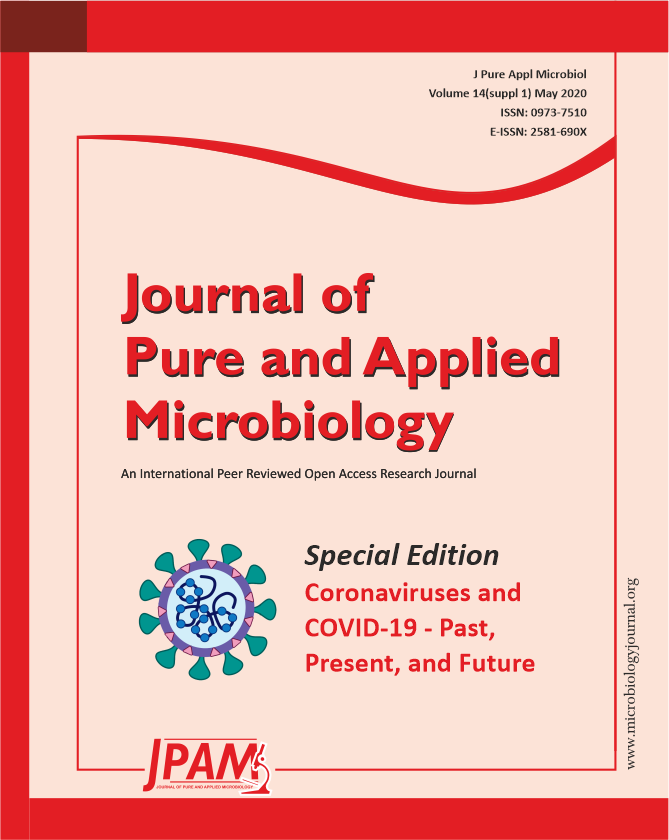COVID-19 classified under emerging infectious diseases has spread across the world resulting in many casualties. India reported its first case on 30th January 2020 and has completed 100 days in this pandemic period. The government of India has issued stringent guidelines and imposed a lockdown for long periods to ensure the practising of social distancing. This paper reviews and discusses the current trends in the confirmed cases of India in comparison with the other prominent countries around the globe. A novel approach using a sigmoid function to predict and forecast the trends for cases in India are also presented in this work. By placing the current time on the sigmoid curve, forecasting the total number of confirmed cases by the end of the pandemic is made. If proper measures and stringent guidelines are not followed, India may have to endure a total confirmed case of up to 4.4 lakh. The prediction also suggests that 99.9% of the pandemic may end in India by 27th July 2020. The best possible approach is to undertake preventive measures by strictly adhering to the guidelines and policies set by the government. Performing hand hygiene, practicing social distancing, surveillance and isolation is the only means to break the chain of transmission and control the pandemic.
COVID-19, India, coronavirus, forecasting, sigmoid
© The Author(s) 2020. Open Access. This article is distributed under the terms of the Creative Commons Attribution 4.0 International License which permits unrestricted use, sharing, distribution, and reproduction in any medium, provided you give appropriate credit to the original author(s) and the source, provide a link to the Creative Commons license, and indicate if changes were made.


